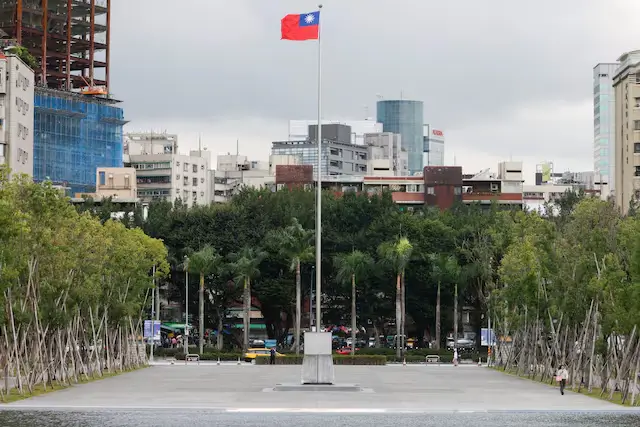Taiwan’s Escalating Tensions and Military Posturing
The formal closure of Taiwan’s emergency response facility by the defence ministry suggests that the high military tensions with China may be defusing. In reaction to an increase in Chinese military activity in the East and South China Seas and close to Taiwan, the center was activated on Monday.
Key Developments:
- The emergency response centre was ordered to close by Defense Chief Mei Chia-shu.
- Taiwanese troops are still keeping a careful eye on Chinese military movements.
- The “valuable results in terms of combat effectiveness” attained during the response were emphasized by officials.
Taiwan’s Military Activity Overview
Chinese Military Presence
- The number of Chinese military planes found in the last 24 hours dropped from 53 to 34.
- Chinese naval activity increased, with 16 ships seen as opposed to the prior 11 ships.
- Regarding any continuing military exercises, China has not yet released an official statement.
Broader Context
In recent years, China has stepped up its military drills near Taiwan. Two significant “Joint Sword” drills in 2024, the most recent taking place in October are noteworthy occurrences. These actions fit with a larger pattern of military posture in the area.
Taiwan and U.S. Perspectives on Regional Tensions
The American Institute in Taiwan has provided insights into the current situation:
- There was confirmed evidence of increased Chinese military operations in the area.
- President Lai Ching-te’s recent journey through the United States has nothing to do with this conduct.
- The actions highlight continuing strategic pressures and are in line with earlier large-scale Chinese exercises.
Diplomatic and Strategic Implications
Taiwan’s Position
- Taiwan adamantly denies China’s claims to sovereignty.
- Being a democratically run organization, it is constantly on the lookout for any military threats from Beijing.
U.S. Stance
- Despite not having official relations with Taiwan, the United States is its main overseas supporter and supplier of weapons.
- Washington is still advocating for regional peace and stability.
- Addressing common security problems still requires cooperation with friends.
Political Undertones
President Lai Ching-te’s Recent Visit
Beijing has seen President Lai’s trip through Hawaii and Guam as provocative, which has increased already-existing tensions. China views Lai as a “separatist,” while the United States insists his visit was unimportant and had nothing to do with recent military events.
Security Analysis Surrounding Taiwan
Regional security experts note subtle but significant developments:
- A potential reduction in military presence is suggested by the apparent gradual northward movement of Chinese coast guard and naval boats.
- The Taiwan Strait is still a complicated and unstable security hotspot in spite of these indicators.
Conclusion: Taiwan’s Ongoing Geopolitical Challenge
Although the situation is still unstable, the closing of Taiwan’s emergency response centre is a promising indicator of possible de-escalation. Concerned about abrupt changes in the military dynamics of the region, Taiwan and its allies, especially the United States, continue to keep a watchful eye on events.
This developing story highlights the value of covering international tensions with nuance, reflecting both recent developments and their wider ramifications, as someone who has invested in reporting and disseminating news on sites like Global Now. As a possible East Asian flashpoint, the Taiwan Strait continues to draw international concern.

